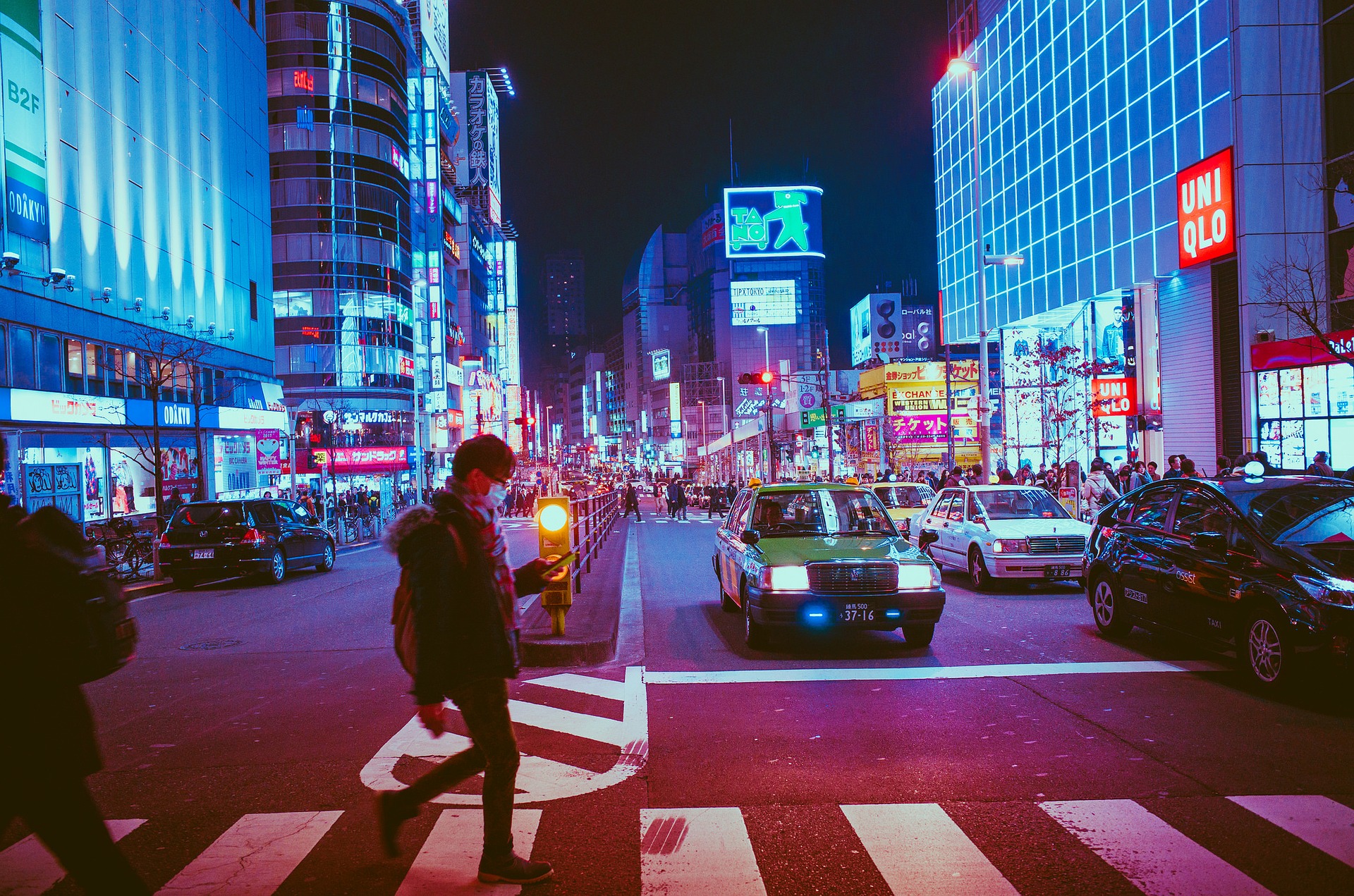Japan, the “Land of the Rising Sun”… Japan, an island country in East Asia, is the eleventh most populous country in the world with a population of 127 million. As we know, the standard of living in the country is quite high. In fact, it has the highest life expectancy in the world and the third lowest infant mortality rate. With the effect of all these, the country's cinema, cuisine, music and anime industry, science and technology are highly developed. Japan has become famous all over the world with its success in many areas like this. In addition to its religious and cultural riches, it is also at the forefront with its festivals and entertainment sector. Of course, everyone would like to visit such an important country. That's why we wanted to tell you how and when to go to Japan. So, let's continue our article.
It is enough to have only one passport to go to Japan, no visa is required for Turkish citizens.
There are direct and connecting flights from Istanbul and Ankara. Dukuoka, Hiroshima, Nagoya, Okinawa, Osaka, Sapporo, Sendai and Tokyo are airports where you can land in Japan. Direct flights are usually to Tokyo and Osaka.
It is a little more economical than connecting flights, but if you can buy your ticket before the travel date, you can come across various offers on direct flights.

On direct flights, the time reaches 11 hours.
Each terminal has its own train line, so you don't need any other means of transportation to reach the city centre. It is only slightly more expensive than the bus.
The transportation networks in the country are so developed that you may be surprised even when you see only the metro map.
Although the most used means of transportation in Japan, where the traffic flows from the left lane, is the train, if you want to make economical choices, you can also use buses for half the price of the train.
However, the most impressive mode of transportation in the country, whether in the city or between the cities, is the railways. It is both very fast and very comfortable to reach the other end of the country by subway, train, suburban train and high-speed train.
Tickets called Japan Rai lPass are valid on all trains, including high-speed trains.
In the country where the climate is diverse, the winter season passes under the influence of the winds blowing from Siberia. While winters are cold and summers are mild in the northern parts, tropical climate features are observed in the south.
Weather conditions are perhaps the most important factor to consider when deciding to travel to Japan.
The country, where many climatic zones can be seen due to its different geography, is actually a timeless place for travel. For this reason, even though it is a year-round destination, it is useful to research beforehand when the most enjoyable visit will be for you.
Spring in Japan means cherry blossom and is ideal for watching the cherry blossoms during perhaps the most romantic season of the year.
Matsuris, held in each town of the country, are held to welcome the spring and summer seasons and are the scene of intense participation. It can be visited in the summer season to enjoy the sea and the festivals in the coastal areas.

The months, when the intense autumn pictures add a completely different beauty, are the most popular times to visit in the country.
For its wonderful spas and a unique snowboarding experience, a holiday in the winter months will definitely take its place among the unforgettable.
To summarize; You should keep in mind that there is no such thing as the best time to visit Japan, and the country's weather conditions vary from city to city, even during the same season. For example, in the country where spring conditions prevail from mid-March to May, one day you may need a jacket, while you are walking around in a thin T-shirt, the next day, with the effect of the famous monsoon rains. It is this unpredictability that lies behind why Japan is such an inspiring country.
